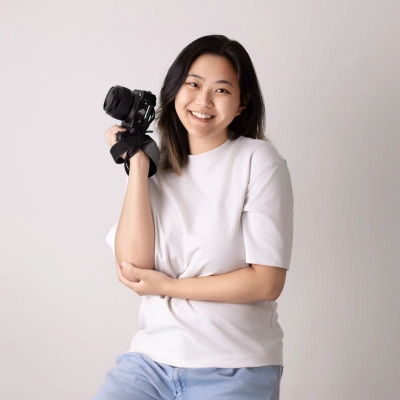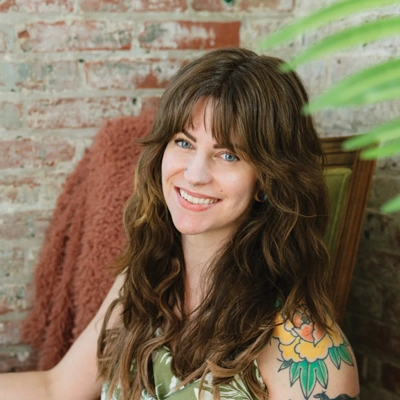4 Lighting Techniques that Will Dramatically Improve Your Photography
Unlock the secrets of professional-quality photography with game-changing lighting techniques. This comprehensive guide, featuring insights from industry experts, reveals how mastering light can transform ordinary shots into extraordinary images. From perfecting key light positioning for headshots to harnessing the power of pocket flashes, these techniques will elevate both indoor and outdoor photography to new heights.
- Master Key Light Positioning for Headshots
- Embrace Backlighting for Dreamy Portraits
- Close Softbox Placement Enhances Skin Texture
- Pocket Flashes Elevate Outdoor and Indoor Photography
Master Key Light Positioning for Headshots
One lighting technique that dramatically improved my photography was dialing in precise key light positioning for headshots. Early on, I often kept my key light too high or too flat, which created either harsh shadows or images that lacked depth. Once I mastered placing the key light at a 45-degree angle and just above eye level, everything changed.
This setup gave me beautiful catchlights, natural fall-off across the face, and the ability to sculpt features with subtle shadow rather than flattening them. Pairing it with a reflector or a fill light allowed me to control contrast depending on the mood I wanted to create - whether clean and polished for corporate portraits or more dramatic and textured for personal branding work.
Learning this transformed my headshots from "just well-lit" to intentional, flattering, and professional, helping clients instantly feel more confident when they saw themselves on screen. It reminded me that in studio lighting, even a small adjustment in positioning can make the difference between a good portrait and one that truly connects.

Embrace Backlighting for Dreamy Portraits
One technique that transformed my work was learning to embrace backlighting. Instead of fighting the sun, I position it behind my subjects and let that glow wrap around them. At first, it felt counterintuitive; shouldn't the light be in front? But backlighting creates the dreamiest rim light, softens skin tones, and adds so much depth. It instantly elevates a simple family photo into something that feels timeless and magical. Once I mastered exposing for skin while letting the light spill in from behind, my images gained that bright, airy feel my clients now seek me out for.
Close Softbox Placement Enhances Skin Texture
One of the biggest improvements in my lighting came from placing the softbox as close to my subject as possible. I used to think that large octa softboxes were designed to give soft light even from a distance, so I often kept them farther away. But once I started positioning the softbox really close — approximately 1 ft (30 cm) from my subject — I noticed a dramatic difference. The shadows became much softer, the transitions between light and dark areas were smoother, and the overall light felt more natural.
As a baby photographer, this simple adjustment significantly improved the quality of my images, especially the way skin texture looks. The close light creates a gentle, flattering glow that elevates the entire feel of the photo.

Pocket Flashes Elevate Outdoor and Indoor Photography
I struggled with how flat and lackluster my subjects looked in outdoor and indoor photography until I learned how to use pocket flashes, which really took my photography work from "good to wow", elevating my work to a truly professional quality without limits for what I can create with my clients.
The quality of my outdoor portraits has improved significantly through the use of pocket lights, with which I soften harsh facial shadows, create separation from the background so the client stands out, allow me to expose for candy-colored sunsets while keeping my subject properly lit, and capture accurate skin and clothing tones by combating color casts in green-rich outdoor surroundings.
The positive changes in my indoor portrait work have been enormous, too, as I can now expose for the light I provide rather than the light that's available, giving me the freedom to create the effects I want in the location that best suits my client without sacrificing photo quality with a super high ISO or being stuck by a window as my only light source.
Implementing pocket flash into my work allows me to give my clients excellent professional quality portraits with unlimited options for style, location, and time, essentially giving me the power of the sun anywhere I go. In a craft that is all about light, the importance of bringing your own source is almost as important as bringing your camera.


